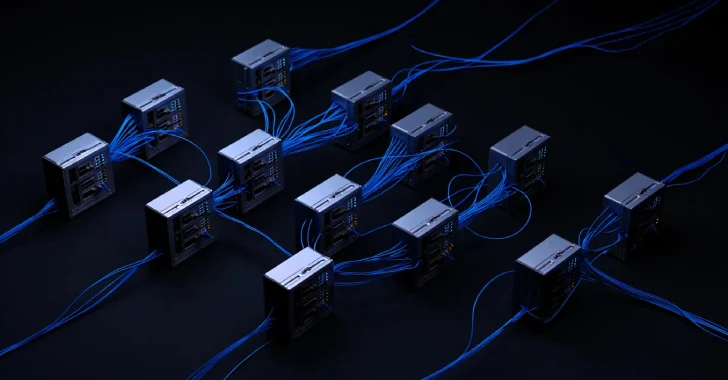In a collaborative effort, cybersecurity agencies from Australia, Canada, New Zealand, and the United States have issued a joint advisory highlighting the escalating threat posed by the “fast flux” technique. This method is increasingly employed by cybercriminals to obscure the locations of malicious servers, thereby enhancing the resilience of their command-and-control (C2) infrastructures and complicating detection and mitigation efforts.
Fast flux involves rapidly changing Domain Name System (DNS) records associated with a single domain name, allowing threat actors to rotate through numerous IP addresses in quick succession. This rapid rotation makes it challenging for defenders to track and block malicious activities effectively. The technique can manifest in two primary forms:
1. Single Flux: A single domain name is linked to multiple IP addresses that change frequently.
2. Double Flux: In addition to the rapid change of IP addresses, the DNS name servers responsible for resolving the domain are also altered frequently, adding an extra layer of obfuscation.
Originally detected in 2007 as part of the Honeynet Project, fast flux has since been adopted by various hacking groups, including those associated with Gamaredon, CryptoChameleon, and Raspberry Robin. These groups utilize the technique to evade detection and resist law enforcement takedown efforts.
The implications of fast flux extend beyond merely concealing C2 servers. Cybercriminals also leverage this technique to host phishing websites and distribute malware, thereby increasing the effectiveness and longevity of their malicious campaigns.
To mitigate the risks associated with fast flux, organizations are advised to implement several proactive measures:
– Block IP Addresses: Identify and block IP addresses known to be associated with fast flux activities.
– Sinkhole Malicious Domains: Redirect traffic from malicious domains to controlled servers to disrupt the attackers’ operations.
– Filter Traffic: Implement filtering mechanisms to prevent traffic to and from domains or IP addresses with poor reputations.
– Enhanced Monitoring: Deploy advanced monitoring tools to detect unusual DNS activities indicative of fast flux techniques.
– Phishing Awareness and Training: Educate employees about phishing tactics and the importance of vigilance to reduce the likelihood of successful attacks.
The joint advisory underscores the persistent threat that fast flux poses to network security. By rapidly changing infrastructure, cybercriminals can effectively obfuscate their malicious activities. However, through the implementation of robust detection and mitigation strategies, organizations can significantly reduce their risk of compromise by threats employing fast flux techniques.


